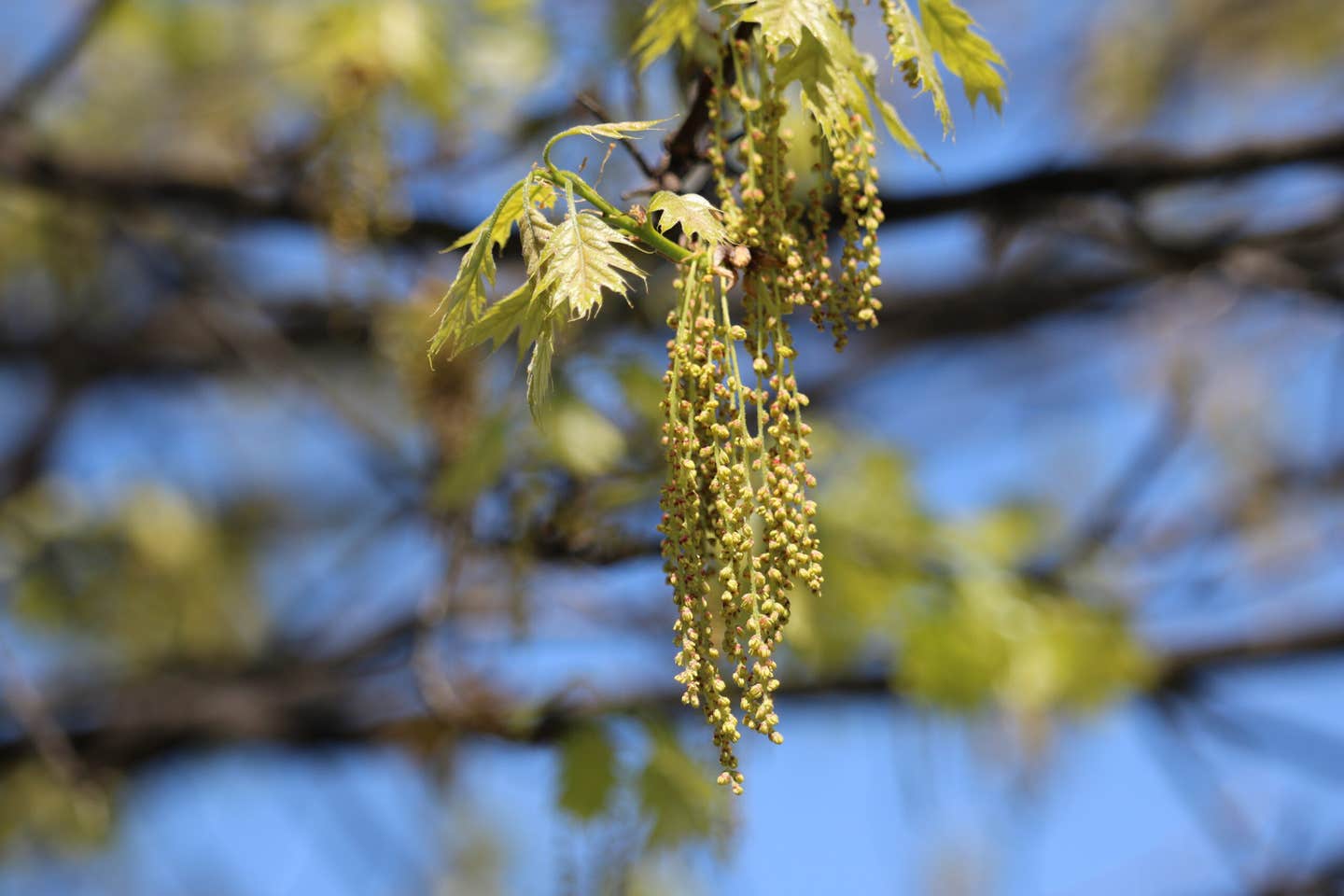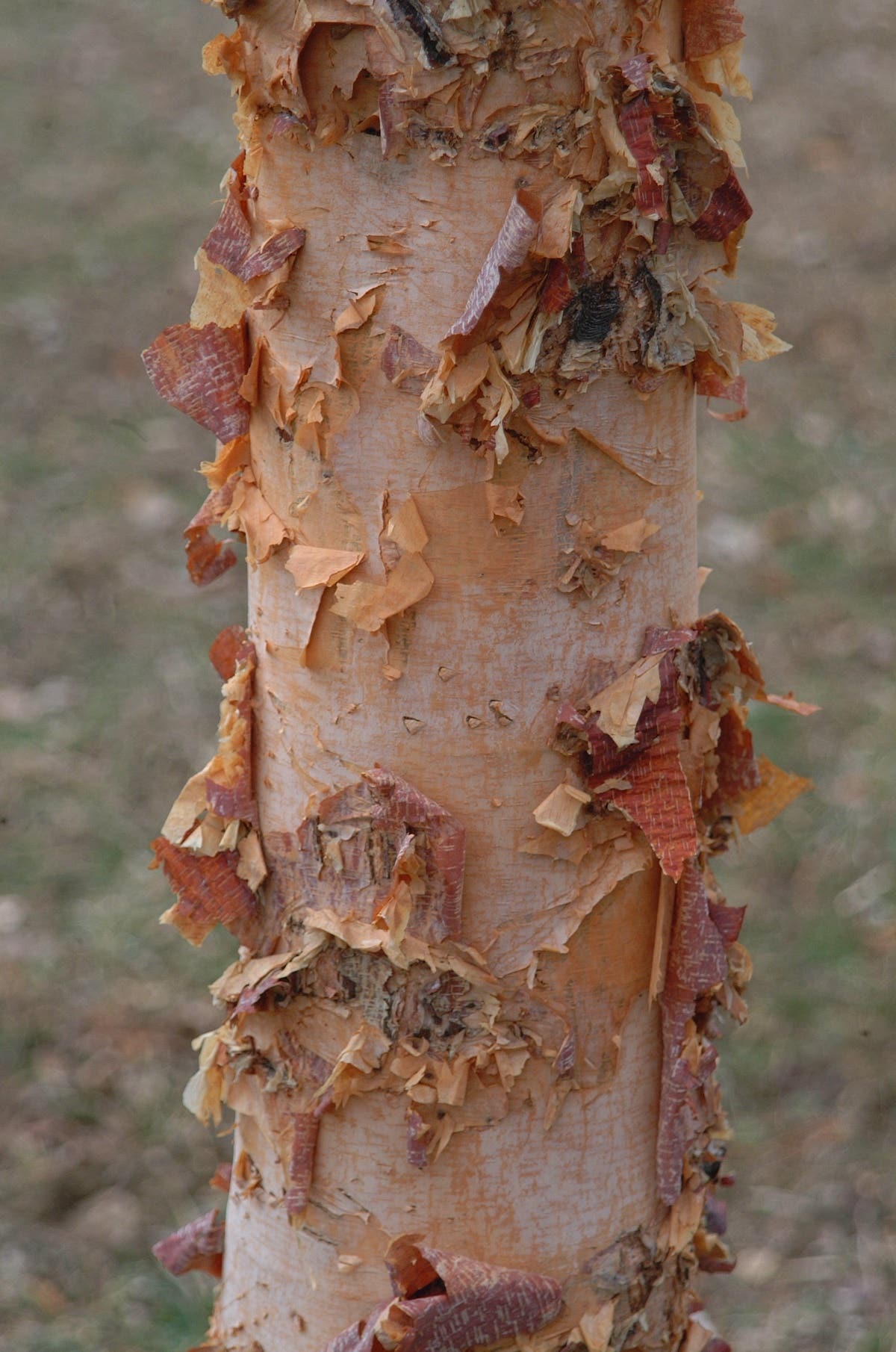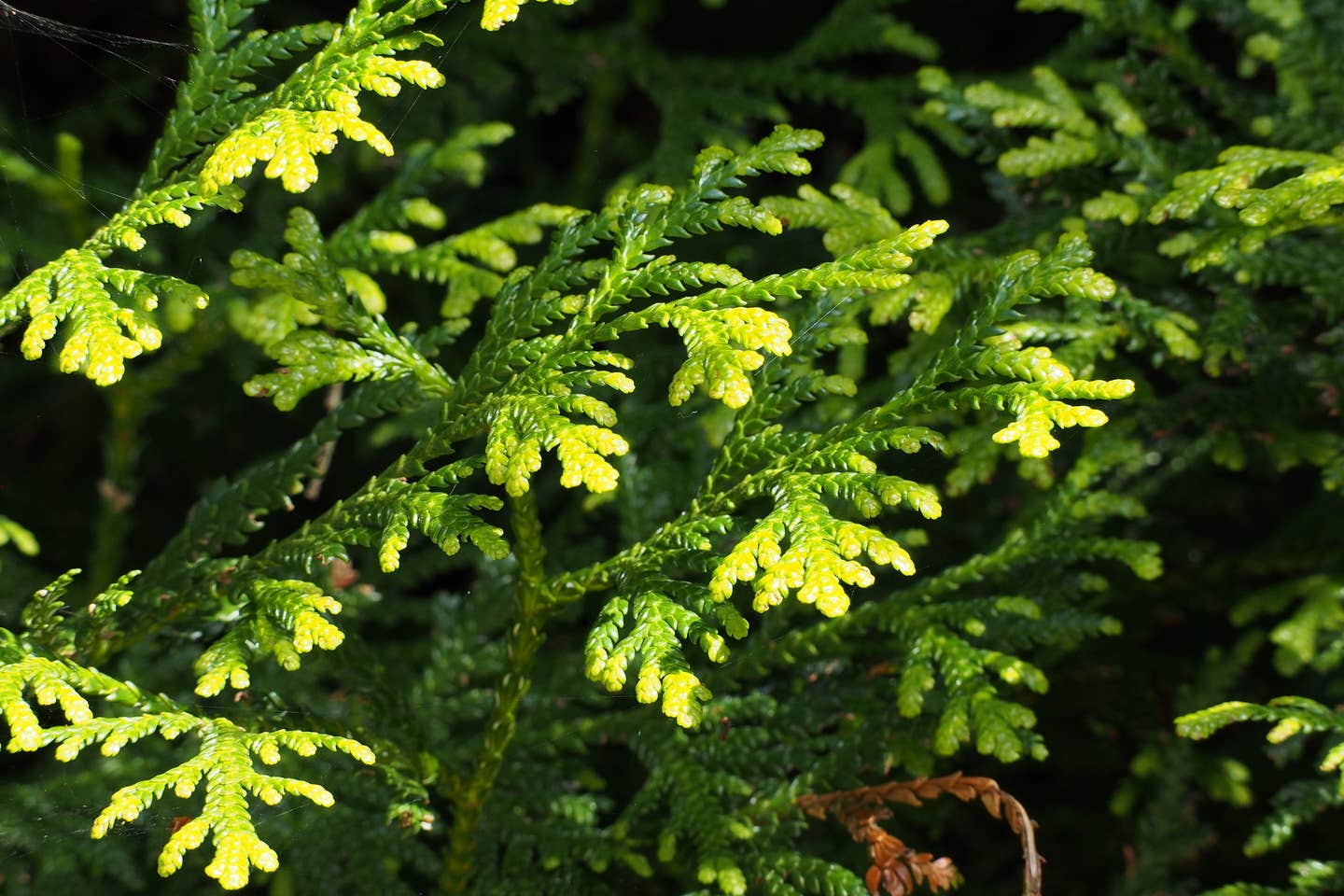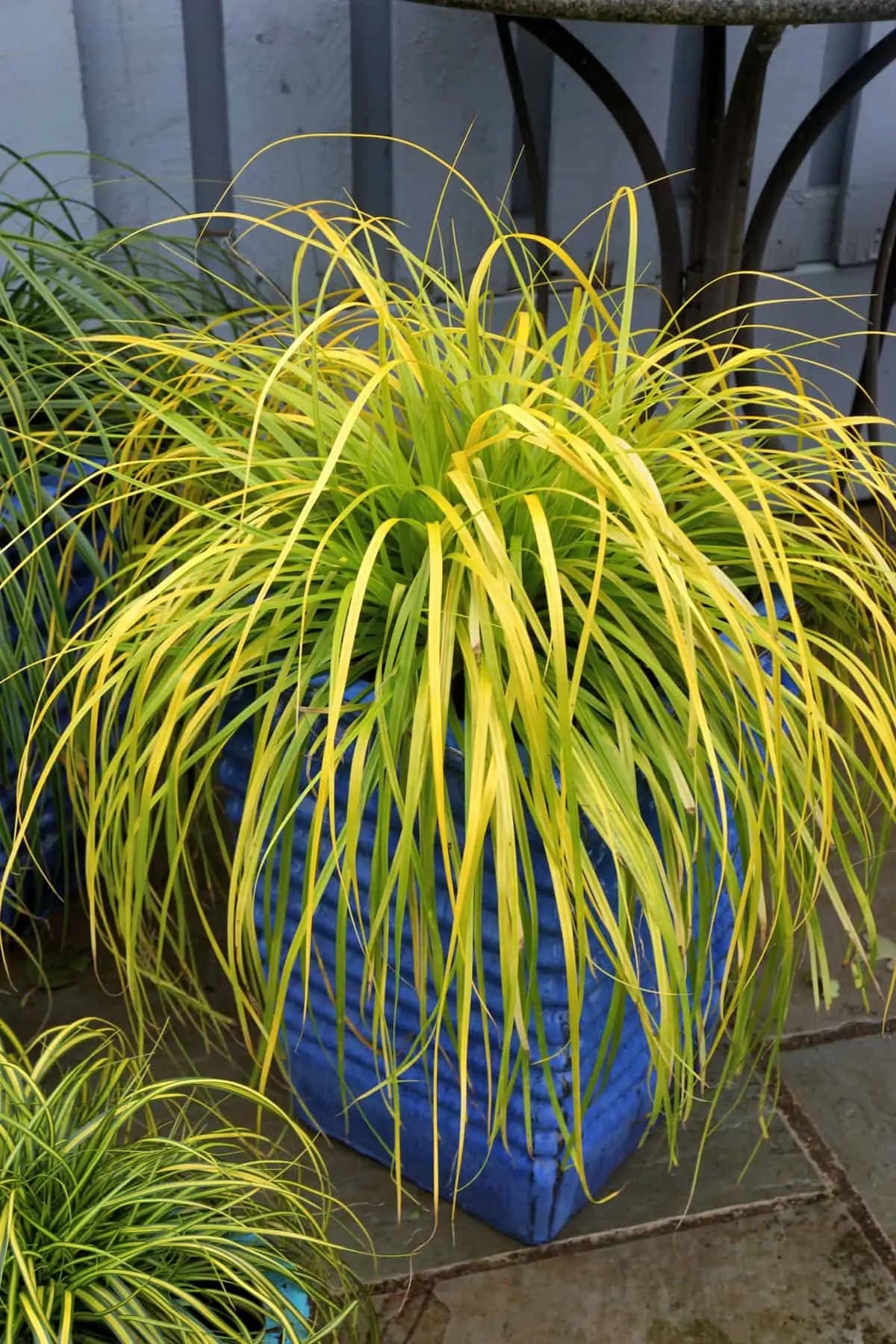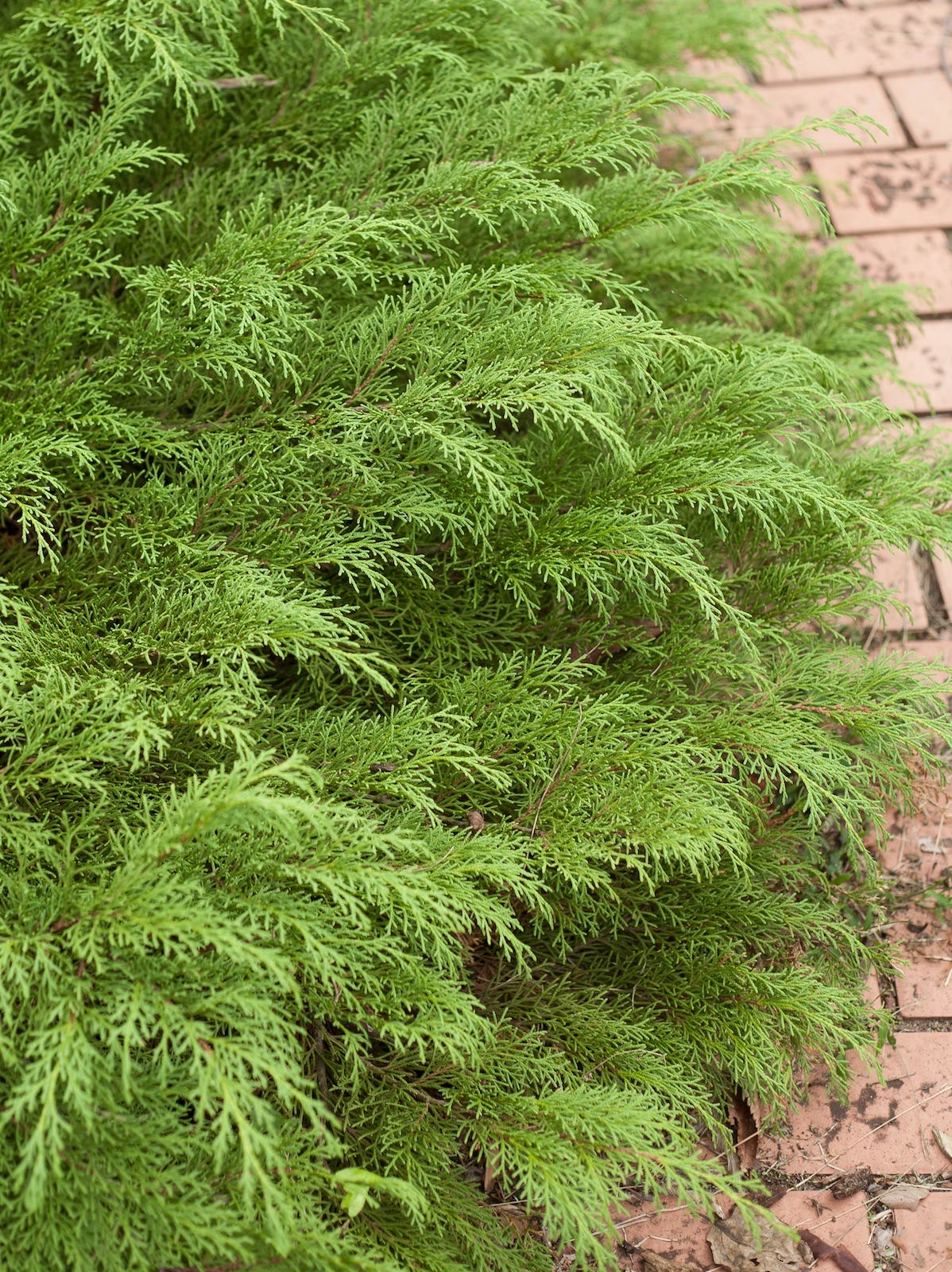Herbs Are Easy to Grow and Use
Herbs are easy to grow in the ground or in pots. They can be used fresh, or dried or frozen then stored. This article covers growing and saving herbs, plus favorite herbs and tips for growing and cooking with them.
Sometimes herbs are all you have, but they are enough. If you are poor without even a windowsill to call your own, as I have been at times in my life, you will always find some herbs if you roam the streets. You might find a large rosemary bush overhanging a fence or one planted for remembrance in a quiet churchyard. And who would begrudge you a few sprigs to enliven your lamb breast or pork belly, especially if you offer a prayer? Or you might find a sprig of lavender in a park for your apple turnover or a bay leaf from a tree outside a smart house. No one will miss it but it will enrich your life.
Herbs are so easy to grow. They begrudge you nothing when planted on the poorest and stoniest soils. They dry easily in their bunches to perfume your winters and your soups and stews. They heal and nurture you for no more than a few cents. Seeds, heel cuttings, rooted slips—whichever way you get started, thank heaven for herbs. You can grow herbs for balconies, terraces, gardens, windowsills, even a doorstep on a quiet street.
Herbs for immediate use can be dried above the stove. For longer-keeping herbs, dry them in a warm well-ventilated place. If they are seed herbs like coriander or anise, hang them with their heads in a paper bag so that the seeds will drop into the bag as they ripen fully.
If you are freezing herbs, lay the sprigs flat on trays in the freezer until they are forzen then transfer them to a large freezer bag so that you can pick out sprigs at will. The herbs I freeze are dill, fennel and tarragon.
Harvest your herbs for storing on a warm morning just before they begin flowering and when the oils are flowing to the sun.
7 Favorite Herbs to Grow and Use
Basil grows indoors from seed or on a warm terrace. Keep a pot of basil in your kitchen and flies will avoid the room. It is delicious in salads, cooked with pasta or in soups.
Lemon balm is also known as melissa or heart’s delight. Buy small plants; they’re easy to establish and grow on. Lemon balm is extremely good as a tisane or cooked with fish. I always stuff a white fish with lots of it or put a bunch of it under fish on the barbecue.
French tarragon is also known as little dragon or, in France, herbe au dragon. First time round, buy already growing plants. Lift the roots in autumn, overwinter them in a cool dry place and replant in spring. Grow in poor, well-drained soil in a warm place. It is delicious with chicken or fish, and the only correct flavoring for tartar sauce.
Lavender may be grown from young plants, roots or seeds and is an undemanding plant provided it doesn’t get too wet. The plants last about 5–6 years. Lavender looks pretty in the garden and the dried flowers will keep your linen fresh and free of moths and silverfish.
They say of parsley that it goes down seven times to see the devil, which is a reference to its slow germination. I find you can overcome this by soaking the seeds in hot water before planting. Parsley sauce with ham is a must. It freezes well and if frozen already chopped, can be sprinkled on potatoes right from the freezer.
“He that would live for Aye, let him eat sage in May.” As the saying implies, sage is a great preserver of health. There are many types of sage and they are all good with fatty meats as a digestive. Sage fritters made with the mature leaves are a good addition to any dish. Cut back your sage plants each year to encourage new growth.
Thyme was originally burnt as incense by the ancient Greeks. The name means “to fumigate”—burning thyme on a shovel will rid a room of any horrid smells. It is good in soups, stews and finely chopped in salads and stuffing. Traditionally a roast beef was rubbed with thyme before roasting. Plant it as a companion herb with lavender.
Note: This text is excerpted from A Greener Life by Clarissa Dickson Wright and Johnny Scott (David & Charles, 2005; 256 pages; $30).Click here for more info or to purchase.



